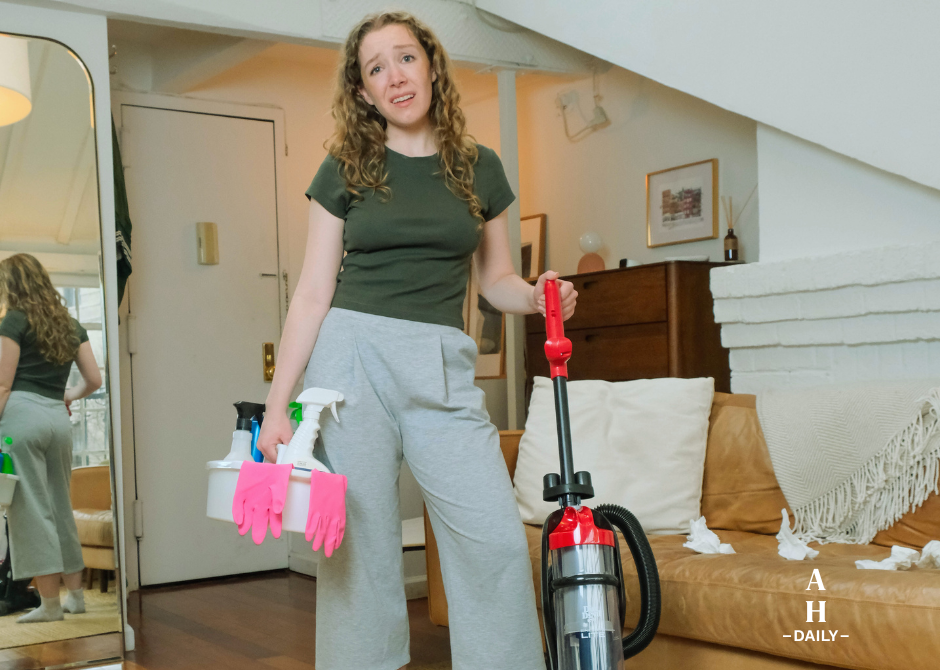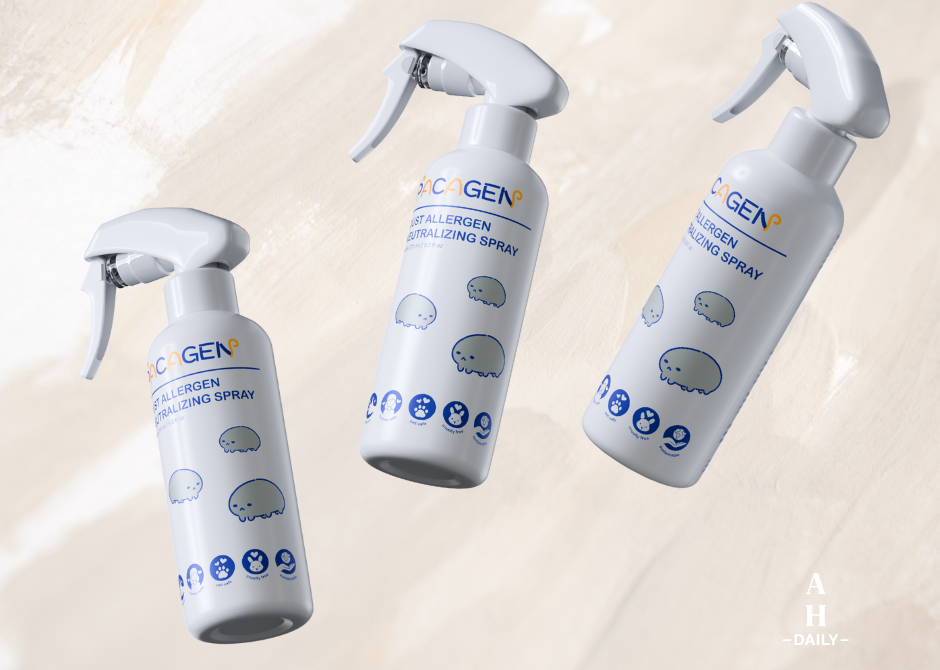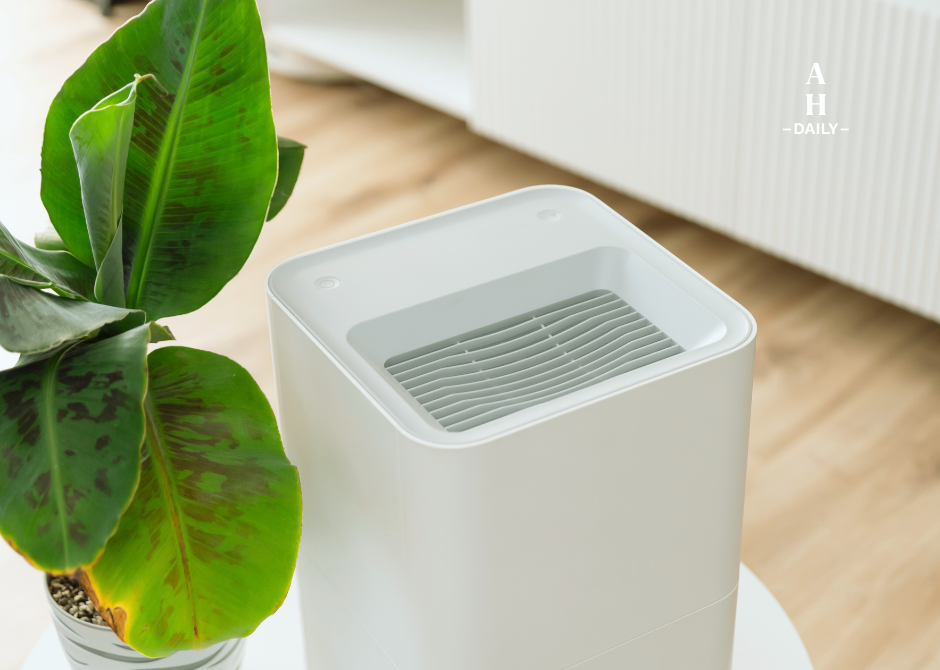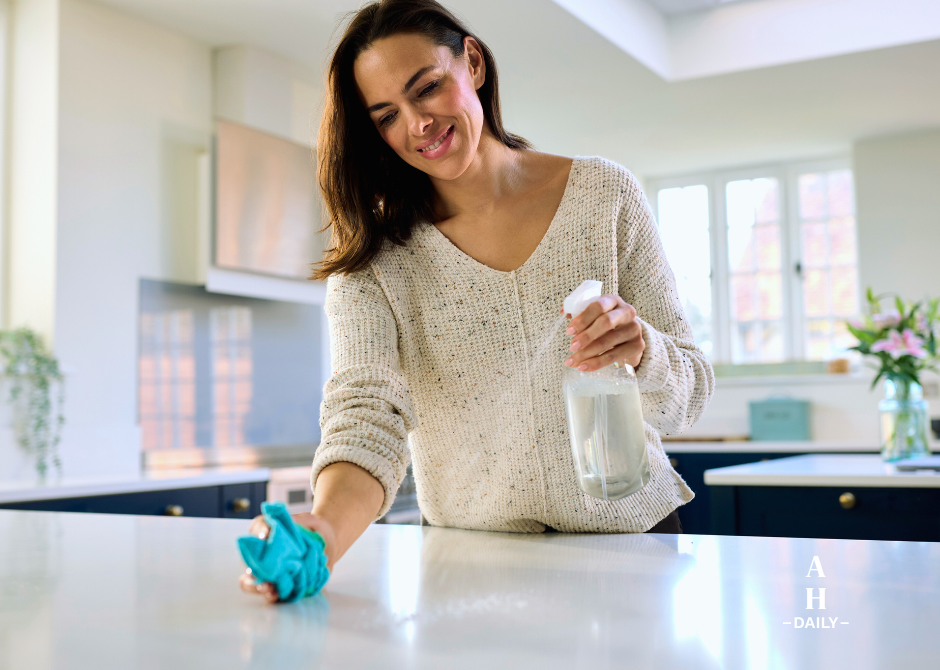Why Your Indoor Allergies Might Be Worse Than Pollen Season
Every spring, people brace themselves for pollen season: itchy eyes, runny noses, sneezing fits. But here’s the surprising truth: the allergens lurking inside your own home may actually be triggering stronger, year-round reactions than pollen ever could.

The Hidden Culprit: Dust Allergies
Unlike pollen, which spikes seasonally, dust allergens never take a day off. They accumulate in places you can’t fully avoid—your couch, your mattress, even the air you breathe as you sleep.
The biggest offenders are:
- Dust mites: microscopic organisms that thrive in warm, humid environments. They feed on skin flakes and release proteins in their waste that trigger powerful immune reactions.
- Pet dander: microscopic flakes of skin and saliva proteins that cling to furniture, bedding, and carpets. Dust allergens tend to stick to dander.
- Allergen fragments: even dead mites and broken-down proteins continue to cause allergic flare-ups.
According to the American College of Allergy, Asthma & Immunology, dust mite allergen exposure is one of the most common indoor triggers for perennial allergic rhinitis and asthma.
Why Indoor Allergies Feel Worse
Outdoors, pollen concentrations rise and fall with the seasons. Indoors, dust allergen exposure is constant, cumulative, and unavoidable. You spend 90% of your life indoors, which means your immune system is under almost nonstop assault if you’re sensitive to dust allergens.
Symptoms often worsen at night or in the morning because bedding is the #1 hotspot for dust mites—a single mattress can harbor millions and millions of dust mites!
Here’s What You Can Do
The good news: modern science has created smarter ways to tackle indoor allergens without relying solely on pills or inhalers.
1. Neutralize Dust Allergens at the Source
Traditional cleaning only moves allergens around. Pacagen’s Dust Allergen Neutralizing Spray uses a patented protein-binding technology that renders allergen particles inactive.
- Safe for fabrics, upholstery, carpets, and bedding
- Breaks down the proteins in dust mite and pet allergens, making them unable to trigger an immune reaction
- Provides relief in areas where vacuuming or laundering isn’t practical
Think of it as “turning off” allergens before they reach your nose.

2. HEPA Filtration
Investing in a true HEPA air purifier captures airborne dust mite feces, dander, and fragments. For best results, use one in the bedroom and living area where you spend the most time.

3. Protective Bedding
Allergen-proof mattress and pillow covers physically block mites from colonizing the very places where you spend one-third of your life. Washing bedding in hot water (≥130°F / 54°C) once a week further reduces allergen load.
4. Smart Cleaning Habits
Vacuum with a sealed HEPA vacuum twice a week, and damp-dust surfaces to trap particles rather than spread them.

The Bottom Line
While pollen season gets all the headlines, indoor dust allergens are a silent, year-round trigger that can quietly make life miserable. The solution isn’t just more antihistamines—it’s addressing allergens at the source.
By combining Pacagen’s Dust Allergen Neutralizing Spray with HEPA filters, allergen-proof bedding, and smart cleaning strategies, you can transform your home into a low-allergen sanctuary and finally breathe easier indoors.
👉 Try Pacagen’s Spray today and start neutralizing allergens where they live — so you can reclaim comfort in your own home.